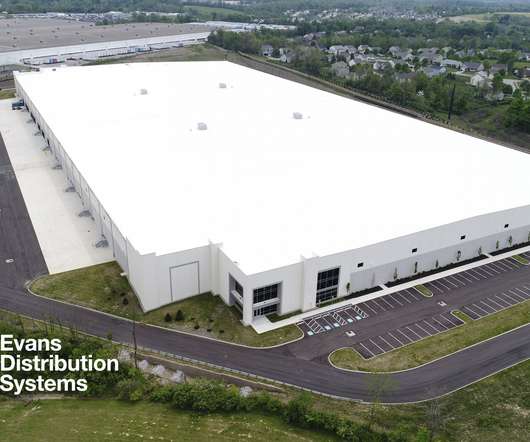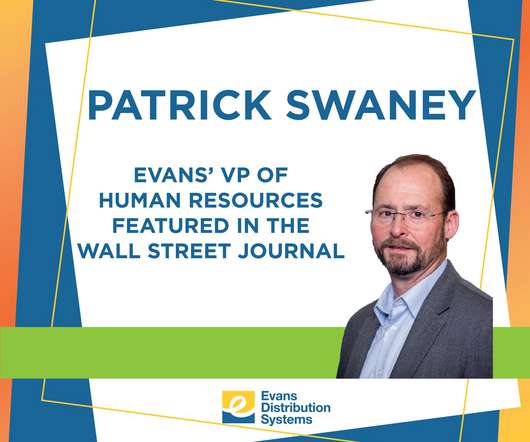The Future of Commercial Real Estate 2020
3PL Insights
JULY 20, 2020
This creates a demand for more warehouses under 120,000 sq. strategically placed to meet the demand of same-day shipping for online retailers. These small to midsized warehouses have experienced a 30% increase in rent over past five years which is double the average of larger facilities. Louis and Tampa.
















Let's personalize your content